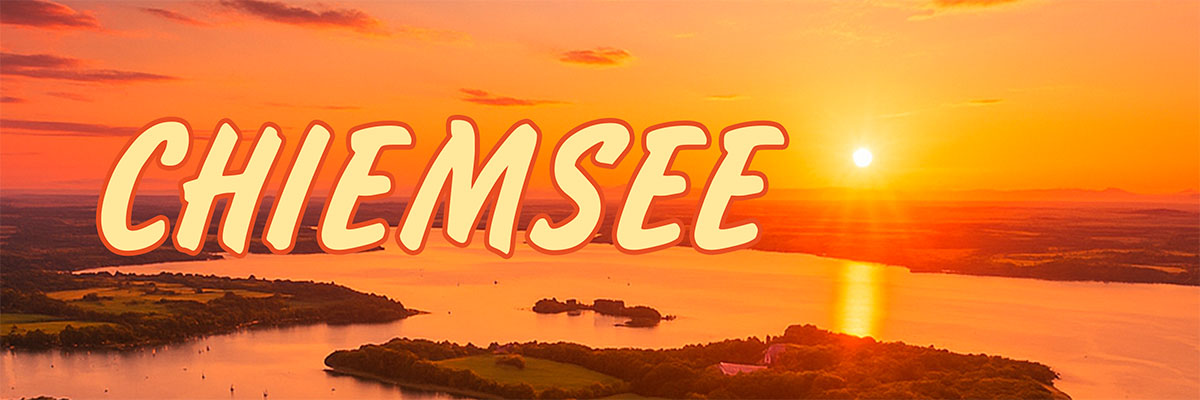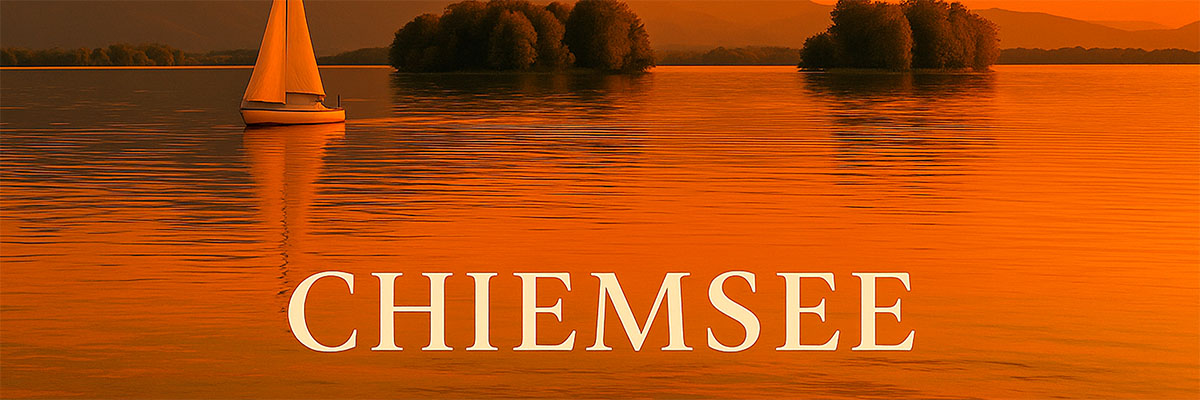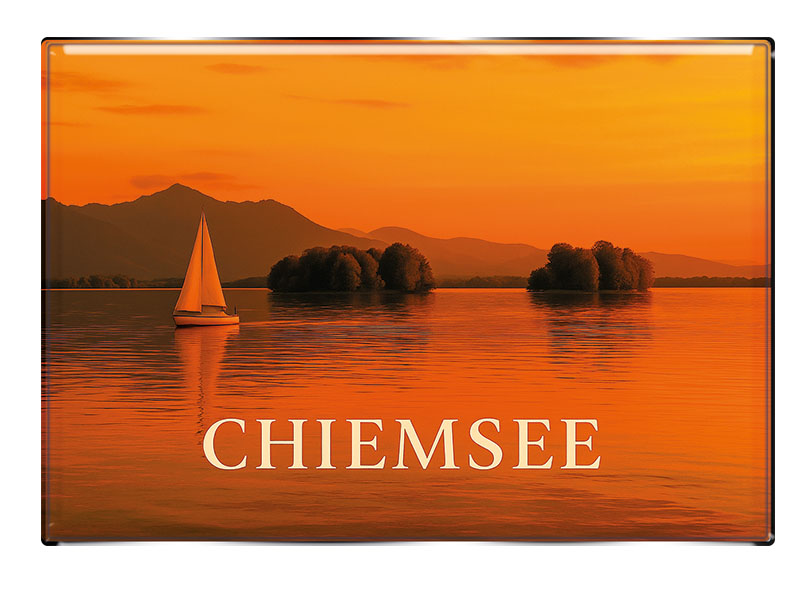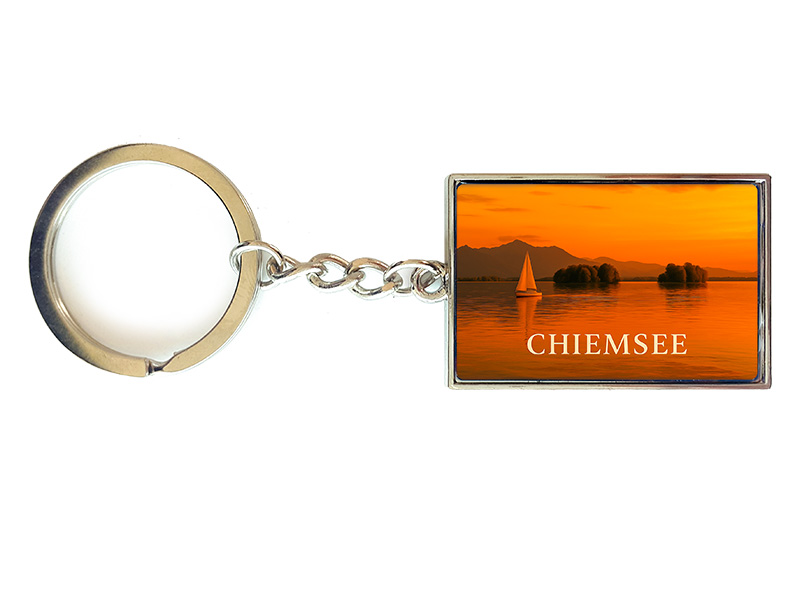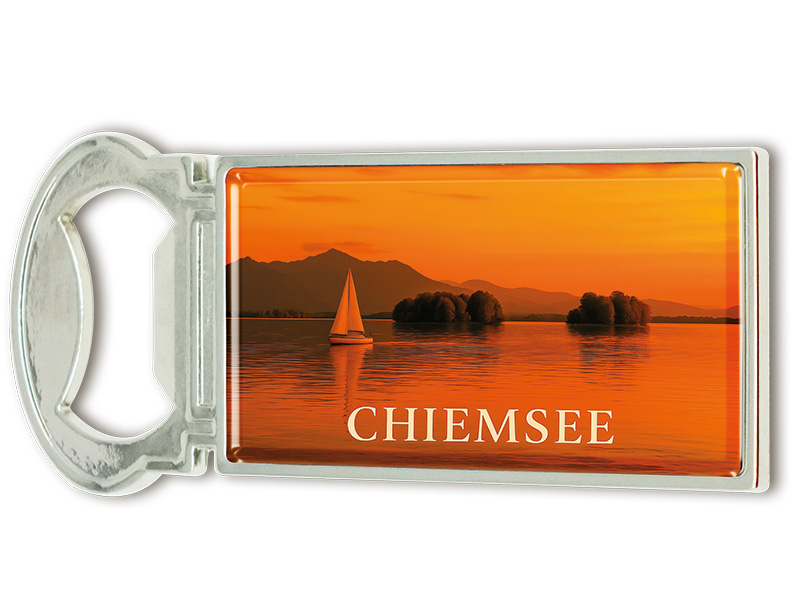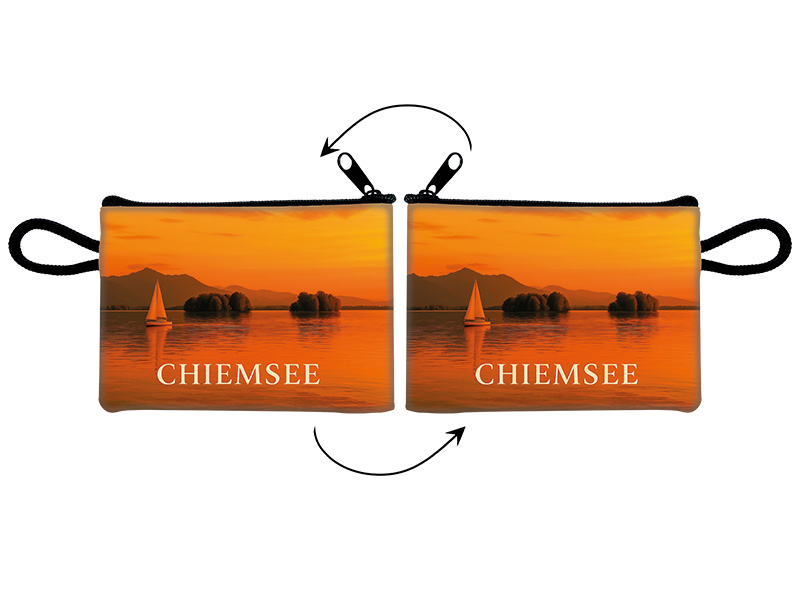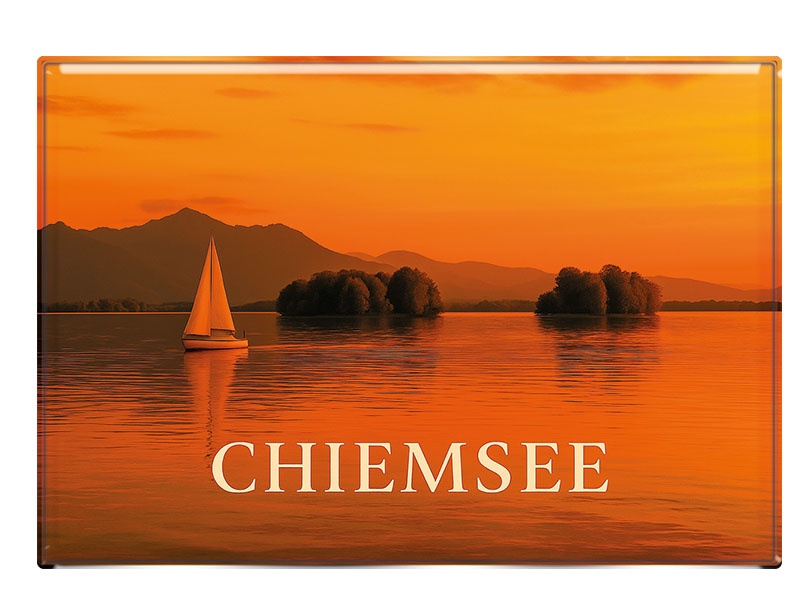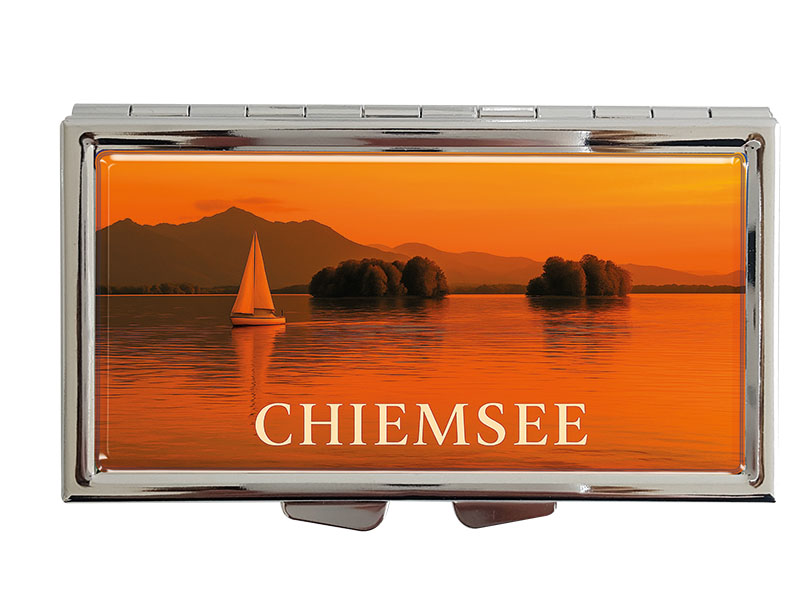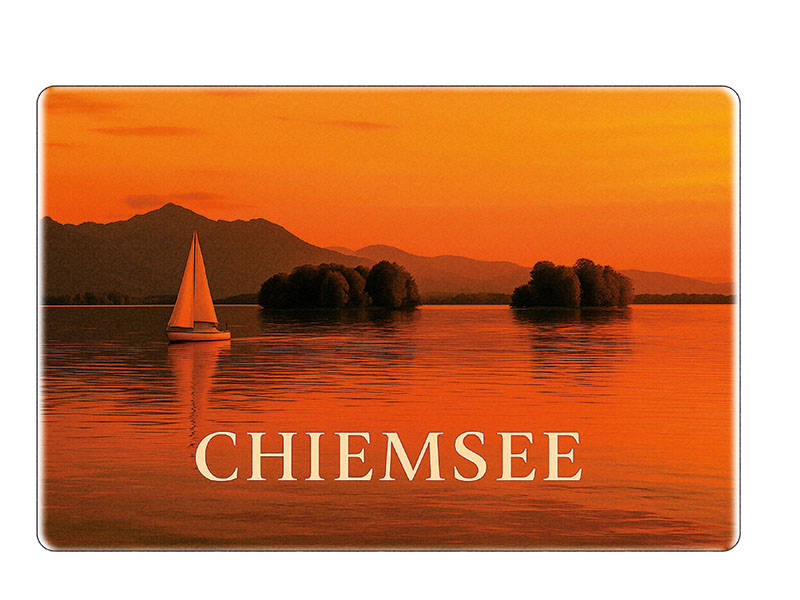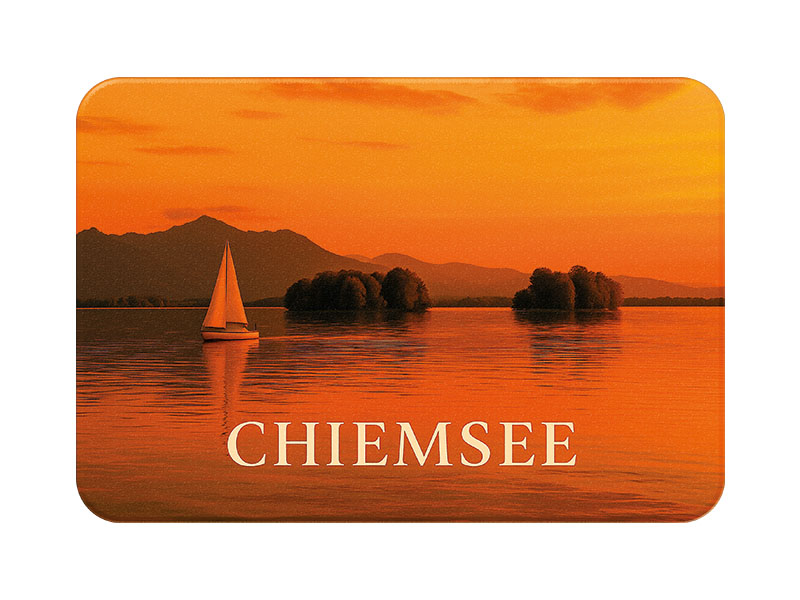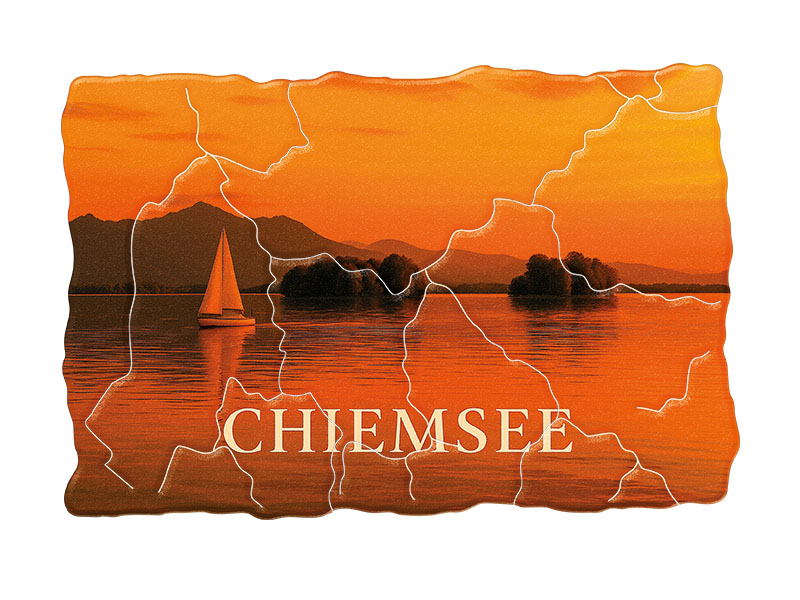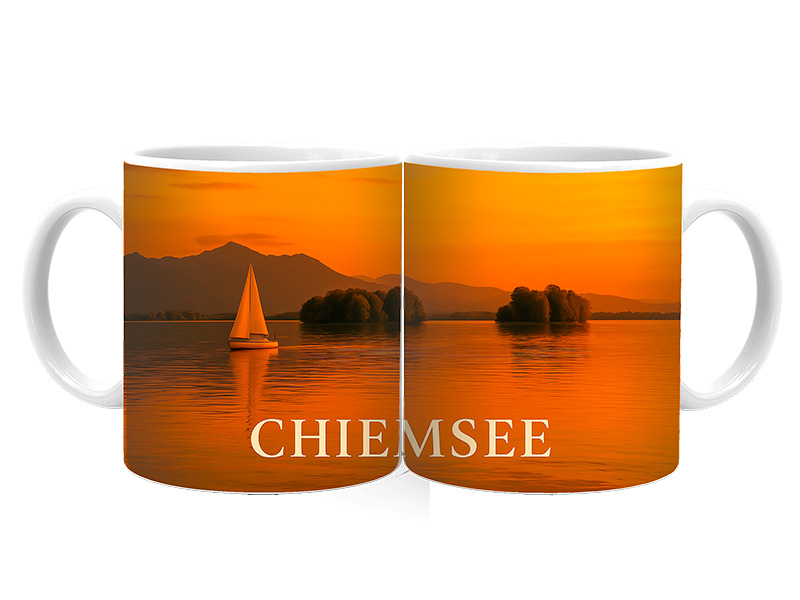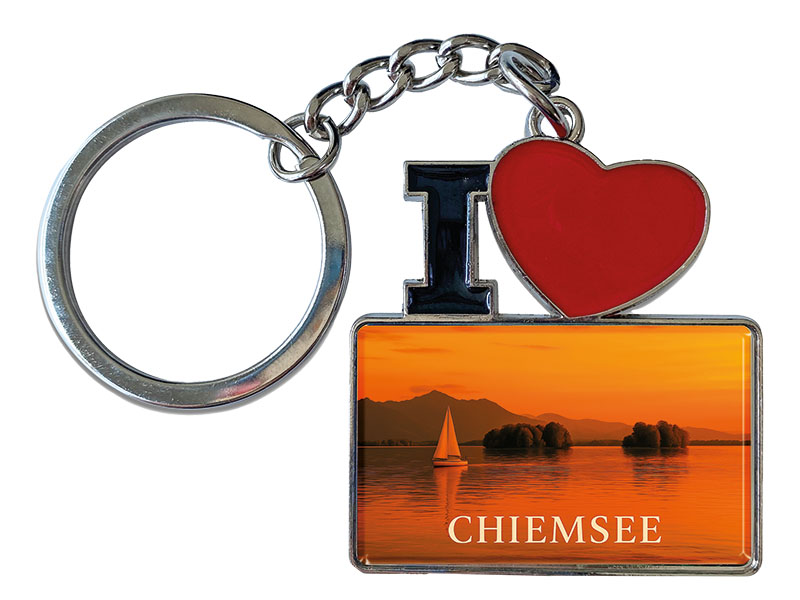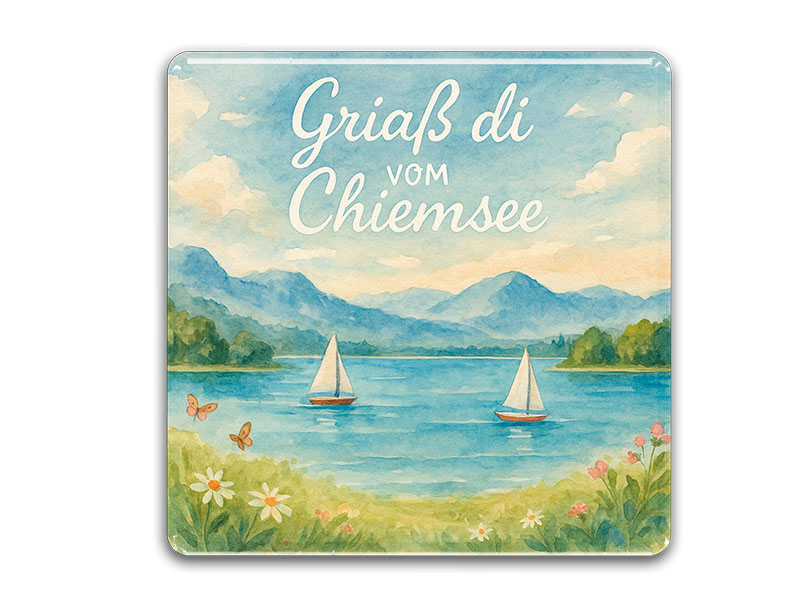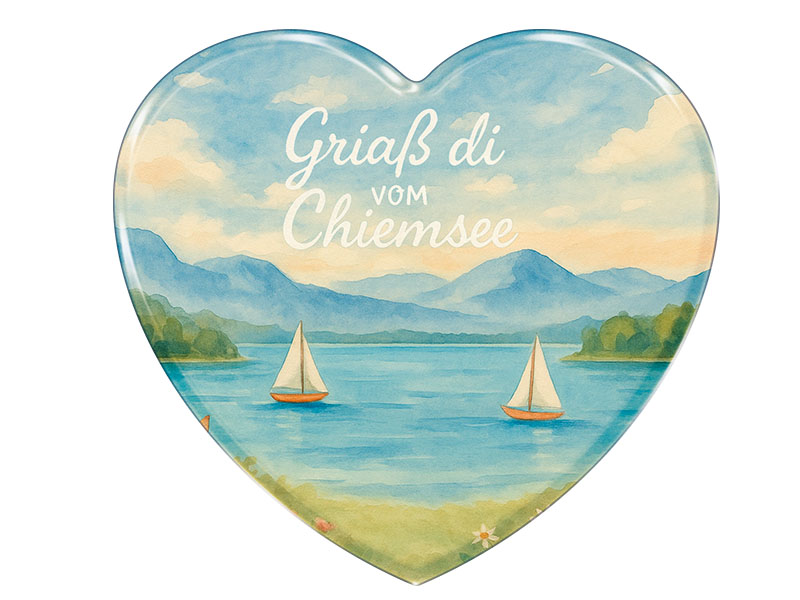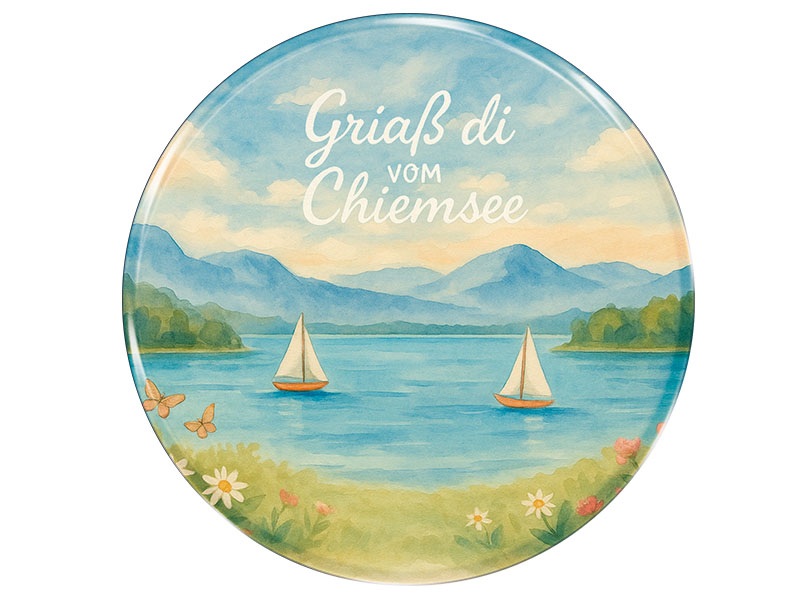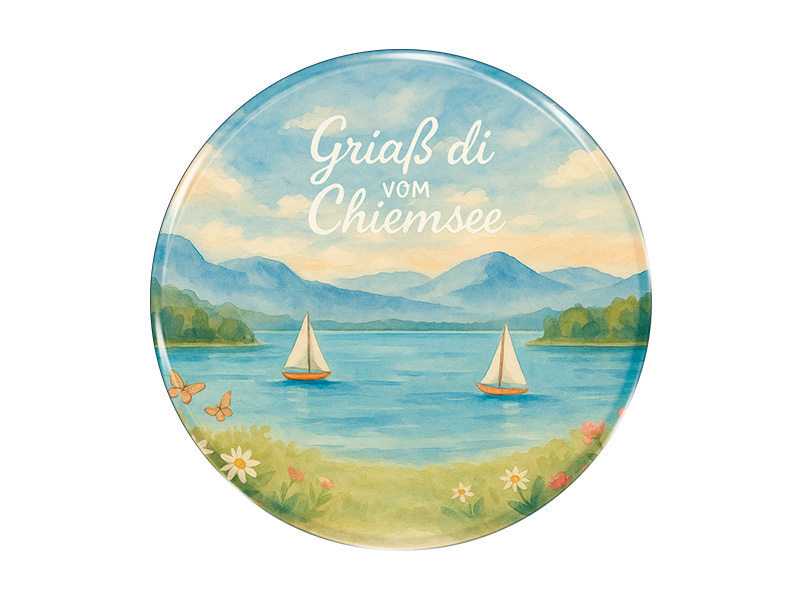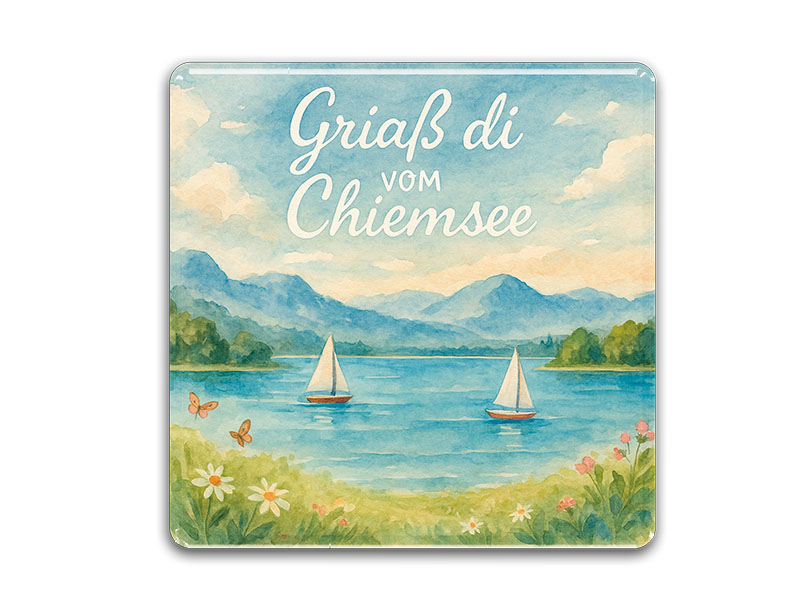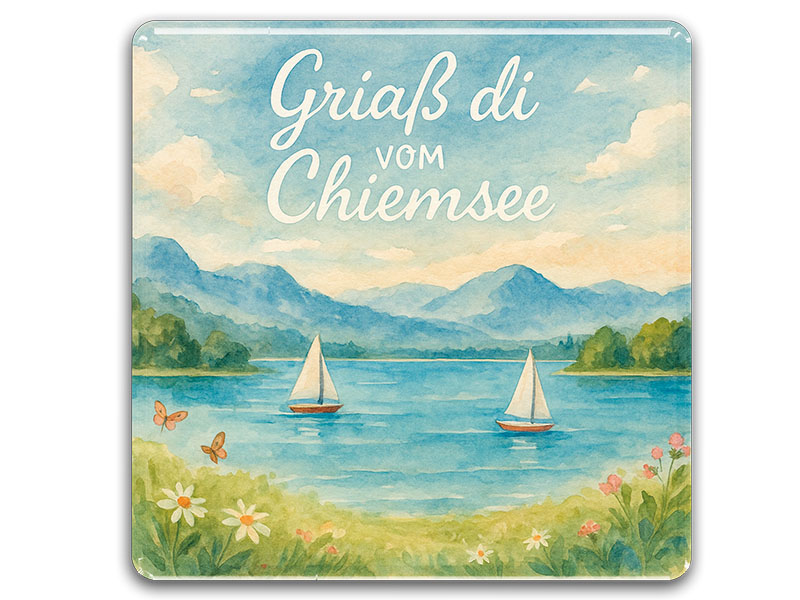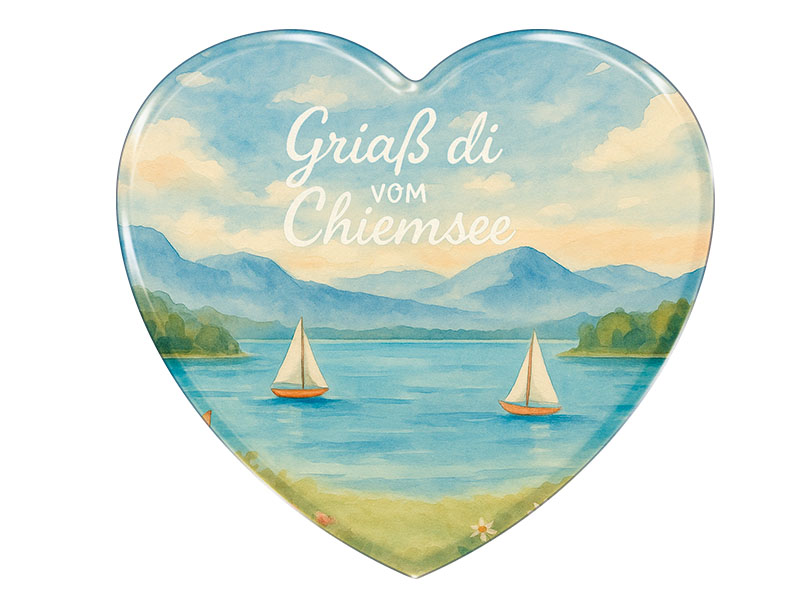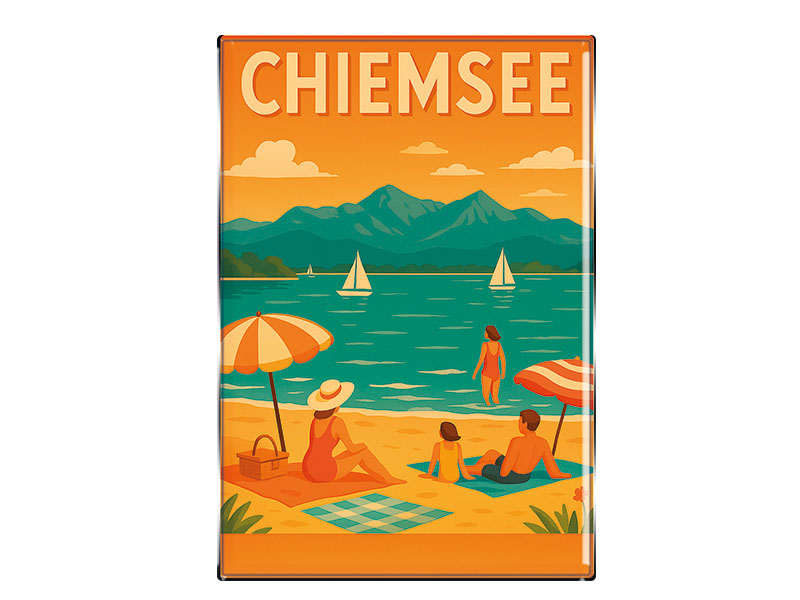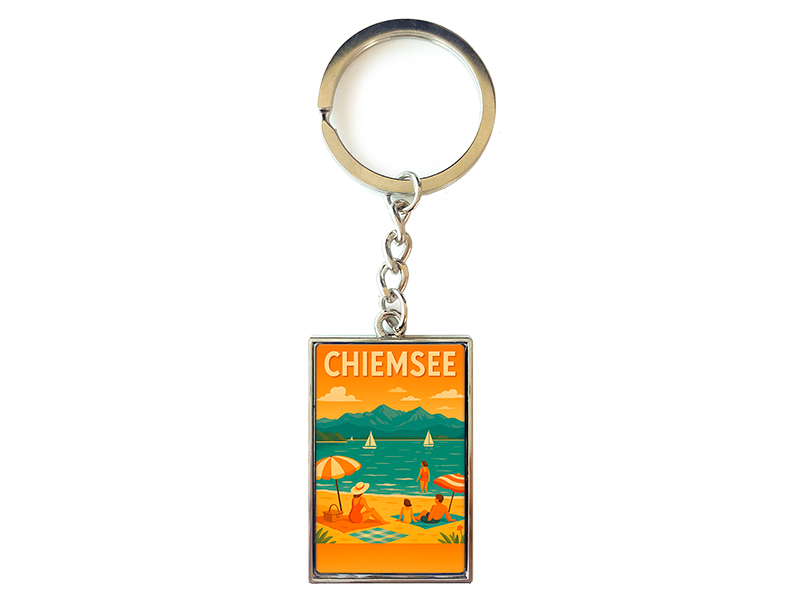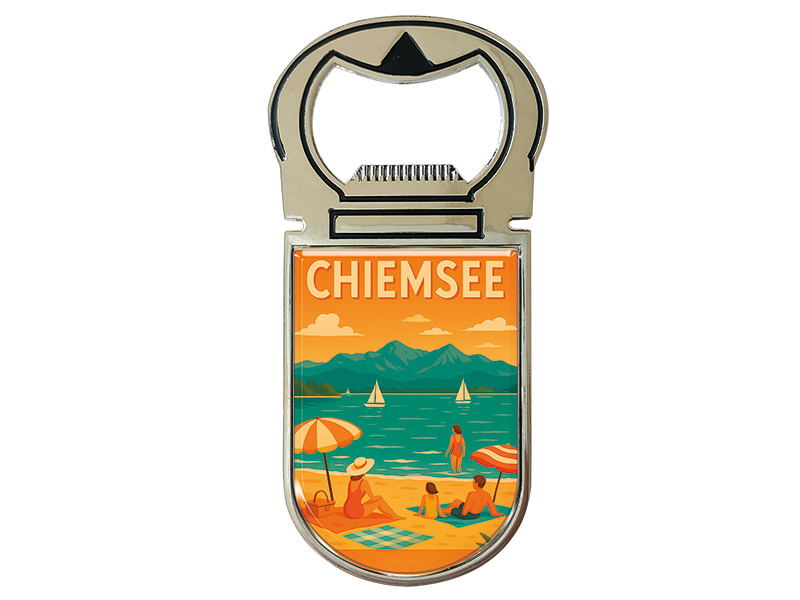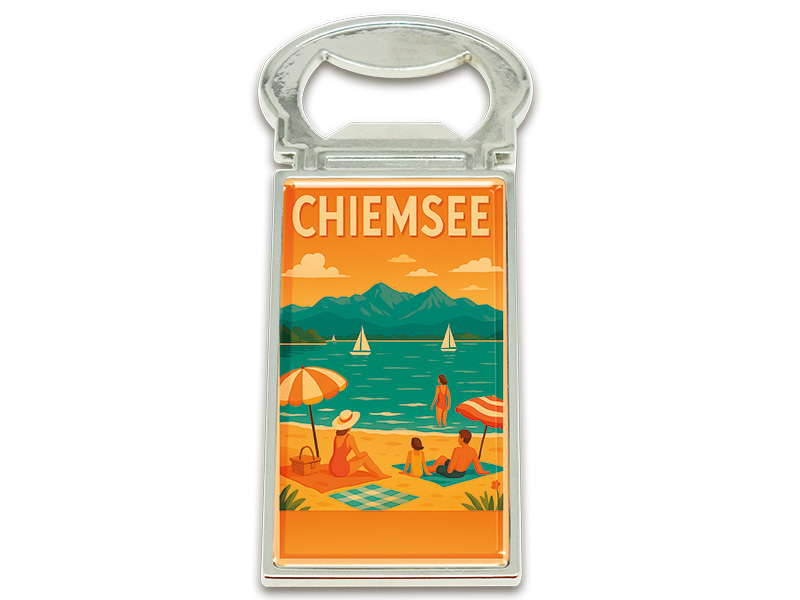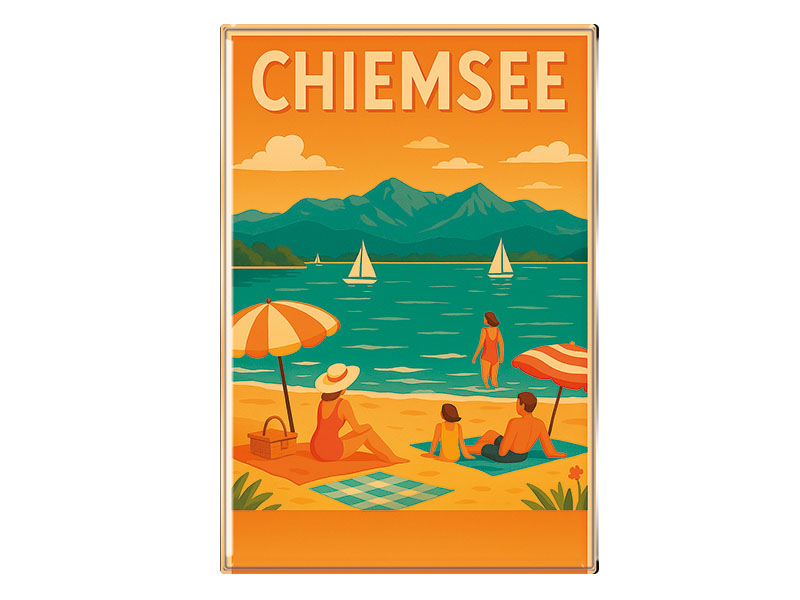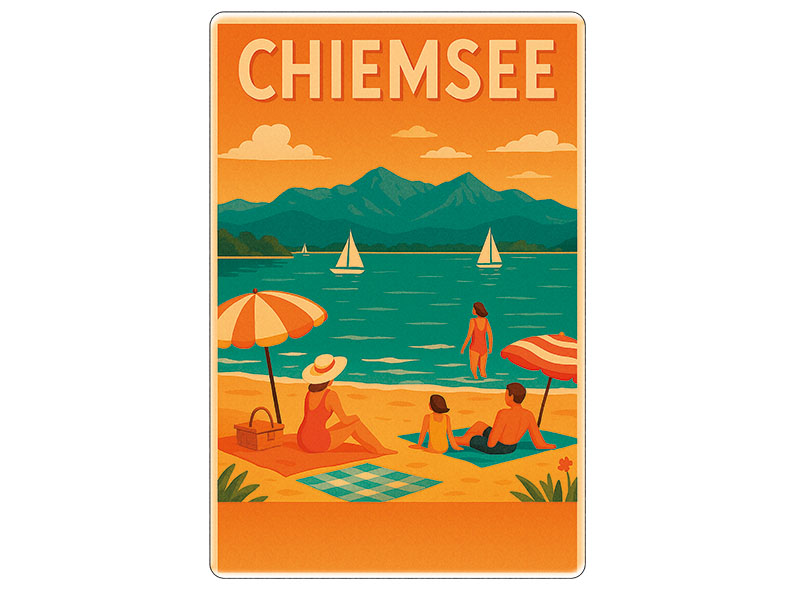- Vehicles
- Figures
- Witches
- Carnival
- Canvas
- Magnets
- Materials
- Maritime
- Hats
- New products
- Personalize
- Plush
- Dolls
- Collectible figures
- Keychain
- Special production
- %Special offers%
- Money boxes
-
Cities - Regions
- Bad Säckingen
- Bamberg
- Bayerischer Wald
- Berchtesgaden
- Berlin
- Bodensee
- Bremen
- Brocken
-
Chiemsee
- Cochem
- Dinkelsbühl
- Dresden
- Eibsee
- Frankfurt
- Freiburg
- Gardasee
- Garmisch-Partenkirchen
- Hamburg
- Harz
- Heidelberg
- Helgoland
- Insel Mainau
- Kleinwalsertal
- Koblenz
- Köln
- Königssee
- Leipzig
- Lübeck
- Mecklenburgische Seenplatte
- München
- Nürnberg
- Oberammergau
- Passau
- Potsdam
- Quedlinburg
- Regensburg
- Rothenburg
- Rügen
- Schwarzwald
- Stuttgart
- Sylt
- Titisee
- Traunsee
- Triberg
- Ulm
- Wernigerode
- Bags/Backpacks
- Textile
- Animal
- Subjects
More information? sign in.
More information? sign in.
More information? sign in.
More information? sign in.
More information? sign in.
More information? sign in.
More information? sign in.
More information? sign in.
More information? sign in.
More information? sign in.
More information? sign in.
More information? sign in.
More information? sign in.
More information? sign in.
Chiemsee – The “Bavarian Sea”
Chiemsee, affectionately known as the “Bavarian Sea,” is not only the largest lake in Bavaria but also one of the most famous and beloved holiday regions in southern Germany. With its stunning natural landscapes, historic landmarks, and deeply rooted Bavarian culture, it attracts millions of visitors each year. The lake and its surroundings are a vibrant blend of history, nature, and joie de vivre.
History
The region around Lake Chiemsee has a long and varied history. The first traces of human settlement date back to the Neolithic period (around 3000 BC). Archaeological finds, including pile dwellings, prove that people have been using the lake as a living space since prehistoric times.
During Roman times, an important trade route passed near the lake, linking the provinces of Noricum and Raetia. After the fall of the Roman Empire, Bavarians settled in the area. The name “Chiem” probably comes from the Old High German personal name Chiemo, believed to be the founder of an early settlement.
One of the most significant historic landmarks is the Benedictine convent on Fraueninsel (Women’s Island), founded in 782, which remains an active religious center to this day. In the 19th century, Chiemsee gained worldwide fame when King Ludwig II of Bavaria built his magnificent Herrenchiemsee Palace on Herreninsel (Men’s Island). The palace, inspired by the Palace of Versailles, stands as a testament to his romantic vision and love of grandeur.
Formation
Lake Chiemsee was formed at the end of the last Ice Age, the Würm glaciation, about 10,000 years ago. As the mighty glaciers melted, they left behind a vast body of meltwater, originally twice the size of today’s lake. Over thousands of years, the shoreline shifted as sediment gradually filled in the edges, shaping the Chiemsee we know today.
With a surface area of around 80 square kilometers (31 square miles), it is the largest lake in Bavaria and the third-largest in Germany. The lake is fed by several rivers, including the Tiroler Achen, and drains via the Alz River into the Salzach.
Population
The lake itself, of course, has no residents, but the towns and villages along its shores—such as Prien am Chiemsee, Gstadt am Chiemsee, Seebruck, and Bernau am Chiemsee—together have a population of several tens of thousands.
Prien am Chiemsee, the largest lakeside town, has about 11,000 residents. The famous islands have only a few permanent inhabitants: around 300 people live on Fraueninsel, while Herreninsel is home only to a handful of employees and religious staff at the former Augustinian monastery.
Sights and Attractions
Lake Chiemsee and its surroundings offer a wide variety of attractions for visitors:
-
Herrenchiemsee Palace
Built by King Ludwig II starting in 1878 as a tribute to the French Sun King Louis XIV, this palace on Herreninsel is renowned for its opulent state rooms, the breathtaking Hall of Mirrors, and its beautifully landscaped gardens. -
Fraueninsel
This idyllic island is famous for its Benedictine convent, which has been active for more than 1,200 years. Visitors love its peaceful atmosphere, small artisan shops, fish smokehouses, and traditional craft workshops. -
Prien am Chiemsee
The largest town on the lake features a historic old center, the Chiemsee Railway (a nostalgic narrow-gauge steam train), a bustling harbor, and a wide range of cafés and restaurants. -
Chiemsee Boat Cruises
Ferries operate all year round between the lakeside towns and the islands. In summer, a round trip on the water is an unforgettable experience. -
Nature along the Shores
Numerous cycling and hiking trails circle the lake, and the Tiroler Achen estuary is a protected nature reserve that attracts birdwatchers from around the world. -
Seebruck and the Roman Museum Bedaium
A fascinating glimpse into the area’s Roman past.
Annual Tourist Numbers
Chiemsee is among Bavaria’s most popular tourist destinations, welcoming an estimated 2.5 to 3 million visitors every year. The high season runs from May to September, but events, Christmas markets, and winter sports opportunities in the nearby Alps attract visitors year-round.
Geographical Location
Chiemsee is located in southeastern Bavaria, in the Rosenheim district, about 70 kilometers (43 miles) southeast of Munich and around 50 kilometers (31 miles) west of Salzburg, Austria. It lies in the foothills of the Alps, with the Chiemgau Alps forming a scenic backdrop to the south.
-
Surface area: approx. 80 km² (31 sq mi)
-
Maximum depth: approx. 73 m (240 ft)
-
Elevation: approx. 518 m (1,699 ft) above sea level
Federal State
Lake Chiemsee is entirely located within the Free State of Bavaria.
Famous People
The Chiemsee area has been home or a retreat to many well-known figures:
-
King Ludwig II of Bavaria – Built the Herrenchiemsee Palace.
-
Joseph Ratzinger (Pope Benedict XVI) – Spent many holidays at Chiemsee.
-
Gabriele Münter – The Blaue Reiter painter often stayed in the region.
-
Rosi Mittermaier – The legendary ski champion came from the nearby area.
-
Many other artists, writers, and actors own holiday homes in the vicinity.
Typical Food and Drinks
The cuisine around Chiemsee is rooted in Bavarian tradition, with a strong emphasis on local produce:
-
Steckerlfisch – A local favorite on Fraueninsel: freshly caught and grilled fish, usually whitefish or char, served on a wooden skewer.
-
Chiemsee Whitefish (Renke) – A prized local catch, often served smoked.
-
Obatzda – A spiced cheese spread served with pretzels and beer.
-
Bavarian Brotzeit – A hearty snack of cold cuts, cheese, radish, and farmer’s bread.
-
Kaiserschmarrn – A sweet, shredded pancake dessert popular with locals and visitors alike.
-
Drinks:
-
Bavarian Beer – Especially from nearby private breweries.
-
Obstler and Enzian – Strong fruit and alpine herb schnapps.
-
Local Ciders (Most) – Made from regional apples and pears.
-
Typical Souvenirs
Visitors to Chiemsee can take home a variety of authentic souvenirs:
-
Smoked Fish from Fraueninsel
-
Handcrafted Ceramics and jewelry
-
Monastery Products such as liqueurs, herbal remedies, or soaps from the Abbey of Frauenwörth
-
Traditional Bavarian Accessories like Charivari chains or scarves
-
Postcards and Watercolor Paintings featuring Chiemsee landscapes
-
Bavarian Specialties like honey, jams, or beer from local breweries
Conclusion
Lake Chiemsee is much more than just a beautiful body of water. It brings together a rich history, cultural treasures, and a unique natural environment. Whether taking a boat ride to the islands, strolling through charming lakeside towns, or enjoying a freshly caught Chiemsee whitefish, visitors will experience a special blend of tradition and vitality. It is no surprise that Chiemsee remains one of the most beloved travel destinations in Bavaria.

